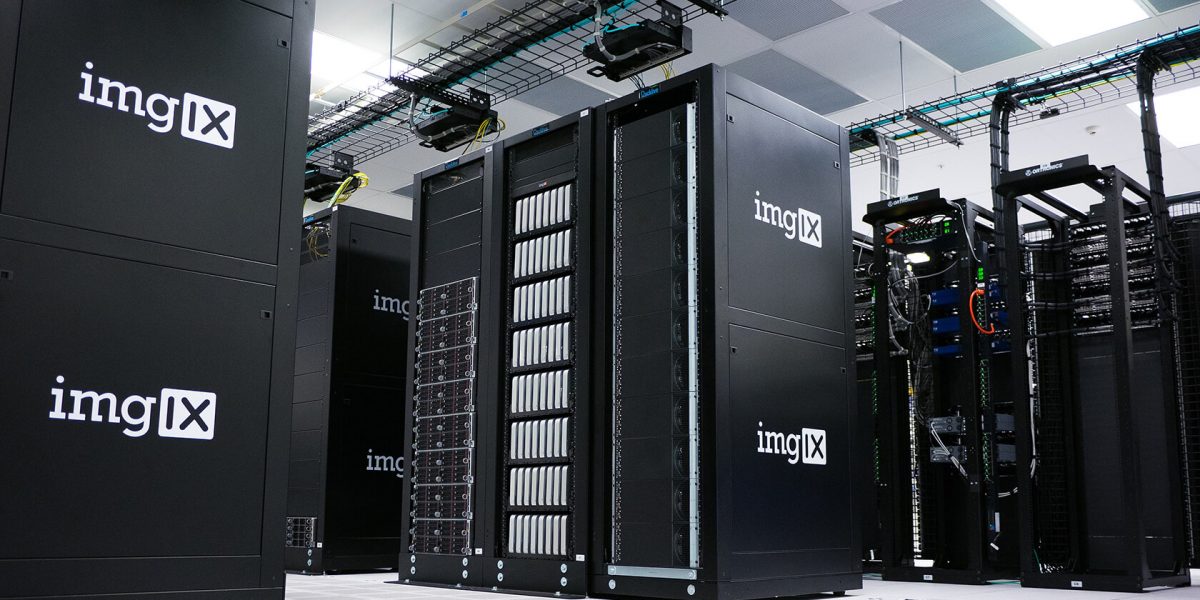Small and medium-sized businesses (SMB) have to juggle many priorities and daily demands. Acquiring and retaining customers. Avoiding inefficiency. Delivering excellent customer service. Managing costs. Hiring employees. Meeting government regulations. Keeping current with industry trends.
Technology can help SMBs streamline their processes, improve employee productivity, and maintain a competitive edge. But technology comes with its share of challenges, especially as mobile devices continue to take over and computing needs rapidly change.
That’s where managed services come in. Defined as specialized IT support delivered according to a clearly described service-level agreement over a fixed period of time for a low and predictable cost, managed services are the safest bet in today’s tech environment. Especially when compared with reactive or break-fix IT services.
Stability and Expertise
Predictable IT costs. Managed services convert variable IT costs tied to the break-fix or reactive mode of support into the stable costs of proactive support. This allows business owners to budget effectively and pay what they can afford on a set schedule rather than getting hit with unexpected bills when tech problems arise.
Legitimate training. On top of hiring and training an IT staff, the cost of ongoing education and certification can break a small business owner’s bank. And if you’re not well versed in the IT world, how can you ensure an IT employee is actually qualified? Don’t let undertrained tech “experts” fool you into thinking they can solve all of your problems.
Real-world experience. And while certifications are important, so is experience. Leading managed service providers encounter very few problems they haven’t seen before, while an in-house IT employee often remains narrowly focused on a small set of problems. You’d rather an experienced doctor solve your physical ailments, right? The same goes for an IT support team.
Reduced Risk, Leveled Playing Field
A safe bet. Since market trends, government regulations, financial conditions, and technologies all change quickly, every business investment carries a certain amount of risk. Working with a trusted MSP that can assume and manage much of this risk for you is a major advantage that comes with specific industry knowledge and years of experience.
A real competitive edge. Most small to medium-sized businesses can’t afford to match the strong in-house support services that larger companies enjoy. Working with an MSP, however, gives small companies enterprise-level solutions by providing the kind of access and expertise that large companies enjoy. Managed cost structures and economies of scale like that can give your company a major advantage.
Compliance that counts. Is your firewall capable of fending off attacks? Do you audit your workstations and servers regularly? Has your company implemented PCI security standards and worked to maintain those standards? Small to medium-sized businesses have more ways than ever to handle commerce via credit and debit cards, e- commerce, wire transfers, and more. But with this increased transaction sphere comes a stronger need for due diligence. Employing a managed services provider allows your business to minimize the risks associated with maintaining client data and other sensitive information, the misuse of which can cause serious harm to your business.
Break-Fix: High Cost, Low Value
“Hey Margaret!” Many small firms deal with IT this way: relying on a non-IT employee to handle day-to-day IT problems. Margaret never asked for this role — it just evolved in her direction. But the impact of her being asked to fix co-workers’ urgent issues is not often calculated; nor is the likelihood that her lack of formal IT knowledge can lead to more expensive repair bills in the future.
“I got a guy.” Small companies that have recognized the flaw in the “Hey Margaret!” support strategy attempt to solve the problem by engaging an experienced technical support specialist on a part-time, fixed hourly rate basis. Yet the “I got a guy” guy may maintain upwards of a dozen part-time clients in order to make a decent living, and he may not always be available when a business owner absolutely needs him. In this scenario, the company does get a more technically competent solution. But it’s also at the mercy of an independent operator with competing demands for his time and attention.
“Call in the Geek Squad!” Since the business owner usually only sees the “I got a guy” guy when there is a problem, mayhem ensues when frantic calls go unanswered. Then, the business owner has no choice but to open the yellow pages and look for help, often settling for the first company that can respond to the immediate need. While these techies may indeed provide relief for failed hard drives and other desktop issues, they often do not have the skills to support complex networks or understand a business’ specific needs.
“Hire an IT person — pronto!” When the lack of immediate availability becomes an issue (or when the “I got a guy ” and the “Geek Squad” fail resolve to an issue), the business owner finally decides to hire an in-house resource that can respond to user complaints. The new hire is immediately handed a long list of issues to resolve. Unfortunately for both the internal IT resource and the company, the list never gets shorter and the internal IT support is forever in “react” mode, responding to the most severe problem and seldom getting ahead.
Managed Services: Low Cost, High Value
Proactive approach = resolution before crisis. Monitoring and maintenance software can identify problems before they affect employee productivity. And everyone can rest easier knowing that resolution occurs before situations turn into “white-hot” emergencies.
Uniform application of the optimal resource. The lowest-cost, most highly credentialed resources are applied to recognized issues first, while bigger problems are escalated to higher-skilled resources tin a fluid and seamless manner so that resolution can be quickly achieved.
Fast response regardless of priority. With multiple levels of on-site and remote IT support available, problems can be addressed simultaneously rather than in sequential order. The proactive approach also ensures the ultimate in responsiveness: resolving issues while they’re still disguised and before they’re detected by the end user. The immediate impact is improved productivity; the longer-term impact is a more tech-literate staff that’s better able to leverage the company’s technology investment.
The Final Word
None of the issues faced by small to medium-sized businesses — relentless competition, technological complexity, the never-ending need to do more with less — are going to disappear anytime soon. So the value of a high-quality, low-cost solution to these issues will only grow. That’s why CMIT Solutions has spent years tailoring a variety of managed services that can help boost efficiency and productivity for your business.
Proactive IT support takes the complexity out of technology by providing comprehensive support at one flat-rate price — no surprises.
The break/fix approach to IT support has not only failed to meet the needs of SMBs, it has damaged the relationship between technicians and the small businesses they serve. Small businesses feel vulnerable because they don’t understand their technicians’ jargon-heavy language, heavy workload, and unpredictable costs. Meanwhile, technicians feel overworked and under appreciated, locked in a loop of repetitive, high-stress tasks as they run from one crisis to the next, unable to work on more satisfying projects that could offer lasting value to the business.
Only a radical change in IT support philosophy and delivery can make the break/fix model obsolete and deliver greater efficiency and productivity to SMBs at a lower, more predictable cost. Technology is integral to the success of a small to medium-sized business, and CMIT Solutions understands that.
Via: Cmitsolutions.com



